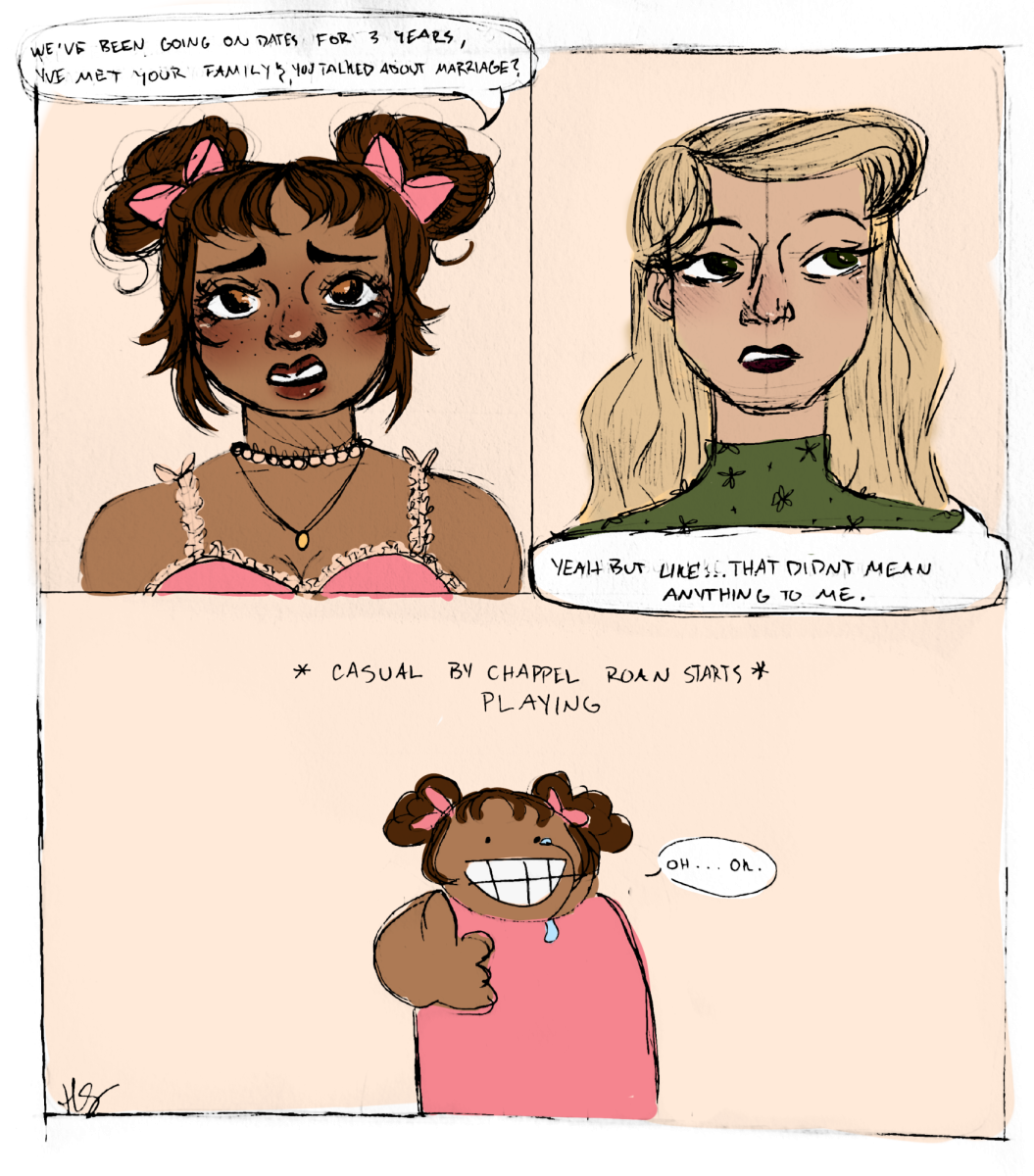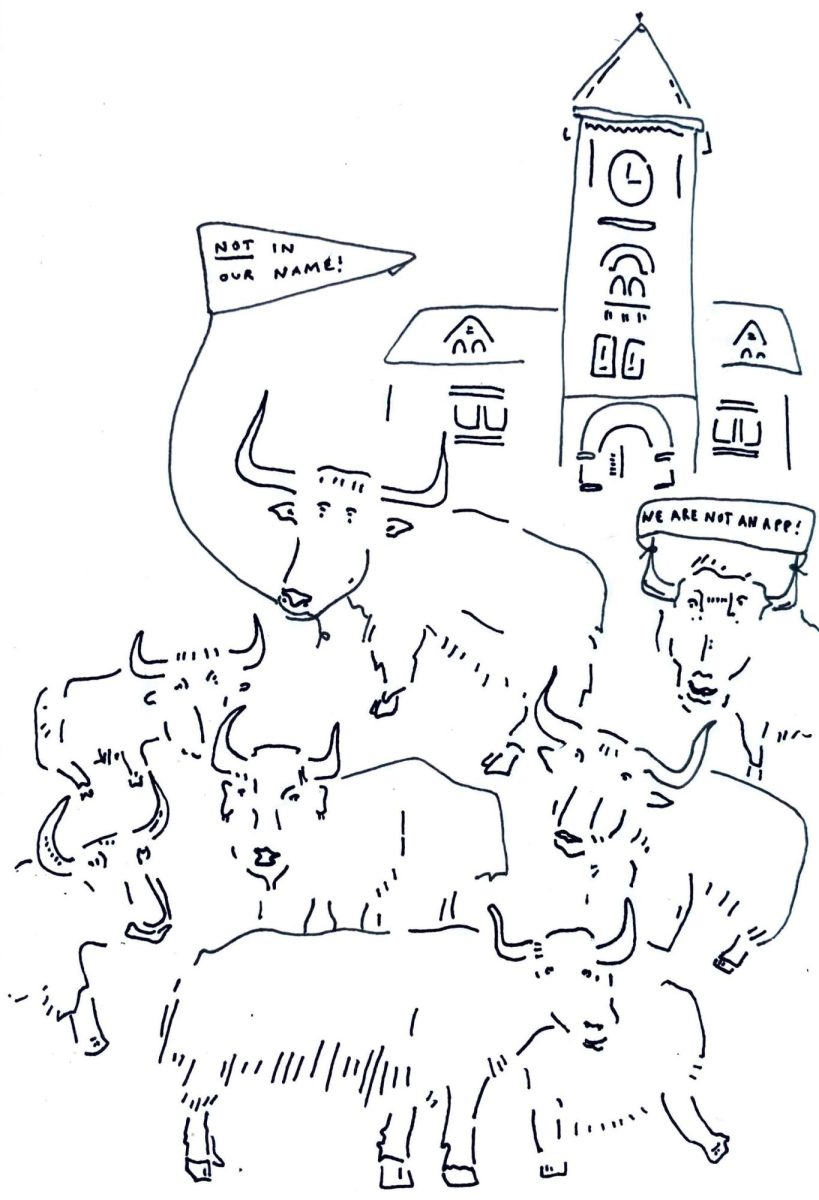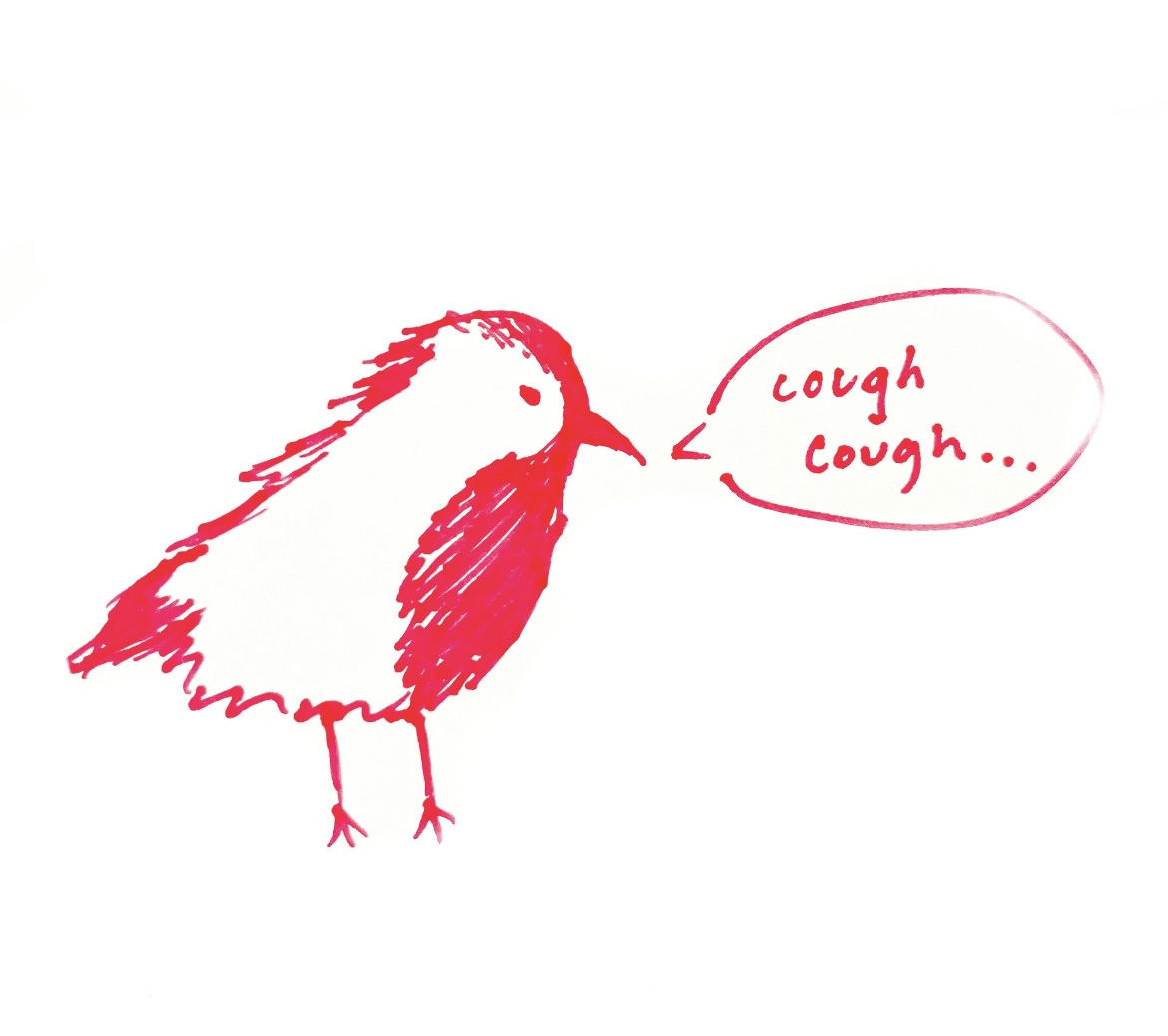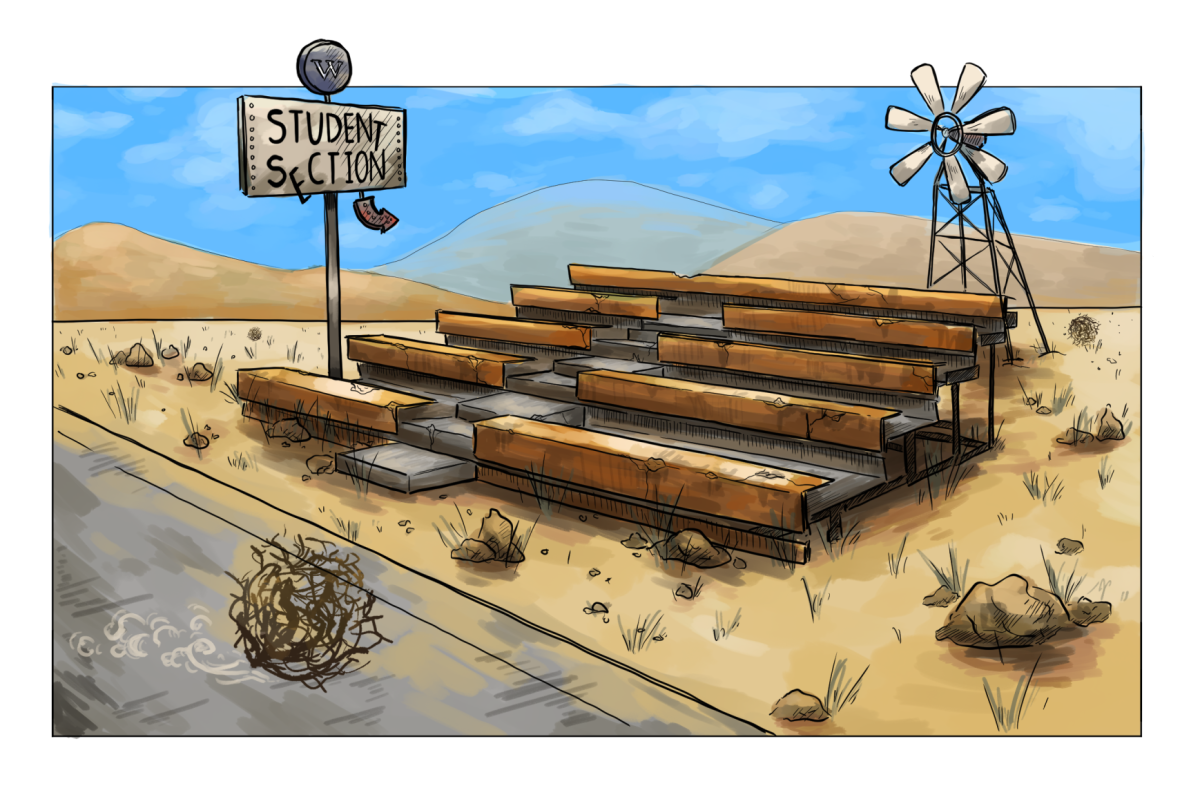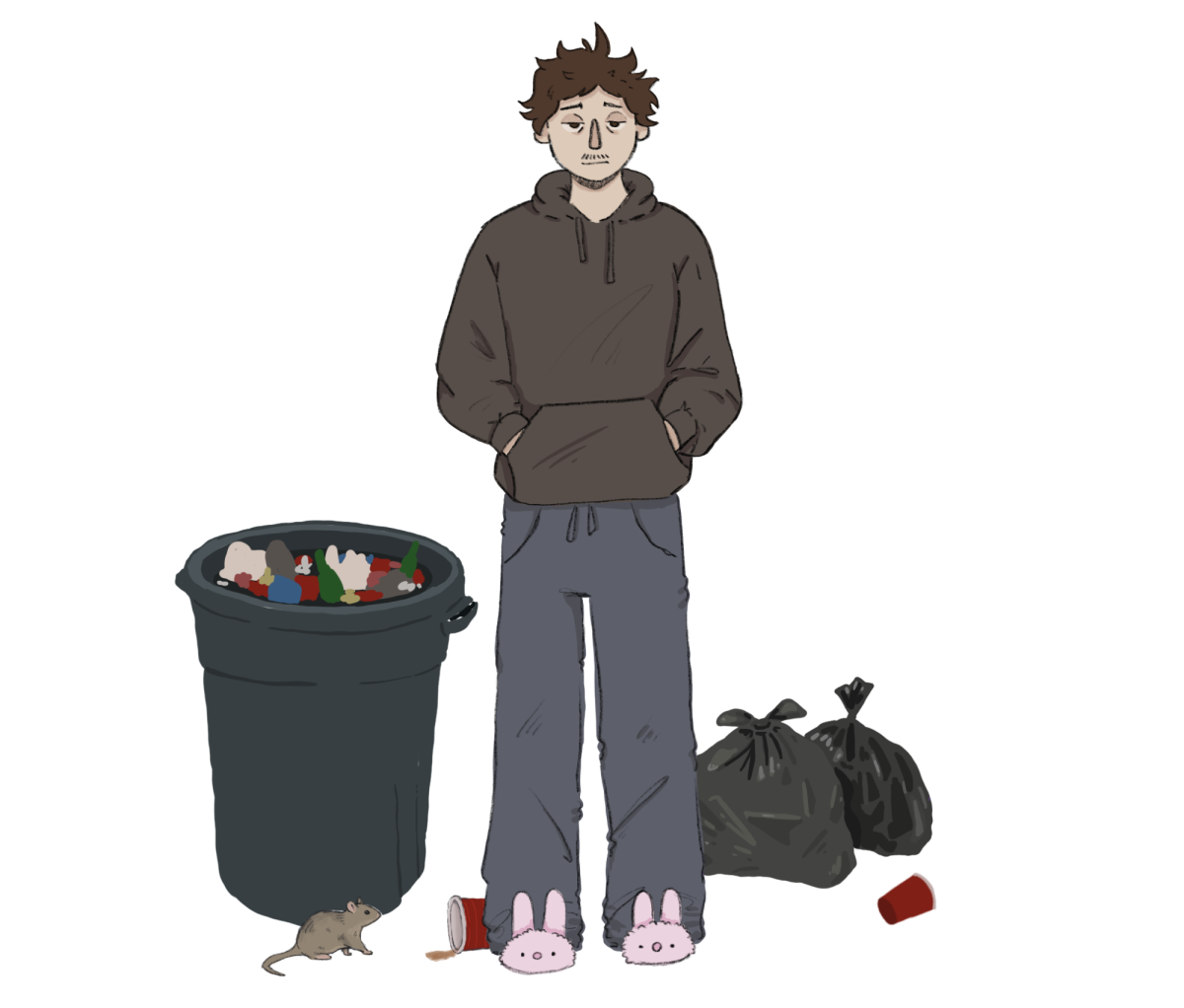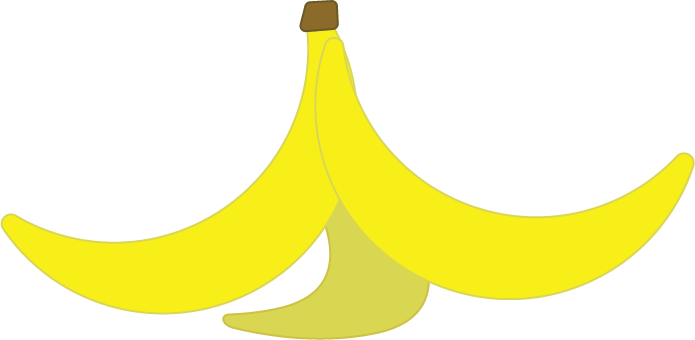
We thought we were safe.
Those of us lucky enough to have been indoors when the heavens opened up and released the great yellow cascade were exhaling sighs of relief as the downpour began to lessen. We gathered up our things and prepared to walk to our next classes, doubtful that professors would cancel on such short notice.
Then we went down. Thud after thud filled the air as arms, legs and torsos met the unforgiving (though now slightly mushy) ground. Disastrously, the wisdom of old cartoons had been forgotten. It had slipped our minds, and we had slipped in consequence.
Why did we stride out onto the peel-strewn landscape so confidently? To do so was nuts. It was crackers. It was durians. Regrettably, the apt food metaphor appears to be escaping me, but I’ll take one more stab at it: we must have been absolutely rib-eye steaks to have missed the danger the peels posed.
Luckily, although Whitman students may no longer be called the Fighting Missionaries, we are still rich in Whittie fighting spirit. Wasting no time, we picked ourselves up and began to navigate the new terrain, this strange biodegradable outdoor carpeting that had somehow managed to fall nowhere beyond campus borders.
Since the day of the peelstorm, the danger has subsided. Peels have been cleared from walkways by modified snowplows, carted away to serve as fertilizer in the greenhouse and eaten by ducks, who were apparently more desperate than we thought. Whitman’s recently-founded BBMB (Bananapeels, Bananapeels and More Bananapeels) Department has calculated that the quantity of bananas necessary to produce that many peels would have had enough calories to feed all of Walla Walla for 40 days and enough radiation to kill a 10-year-old child. Sadly, it seems that none of the peels plummeted to earth containing fruit. Why this is no one is certain, though leading theories include atmospheric vaporization from the inside out and pre-plummet consumption by celestial howler monkeys.
All eyes will surely be on the BBMB Department for their next official statement, which is purported to be about why they bothered making that calculation. In the meantime, Whitman’s FMS (Fly and Moth Swarms) Department is forecasting a billion-percent increase in the campus concentration of fruit flies. Stay on good terms with your window screens.


